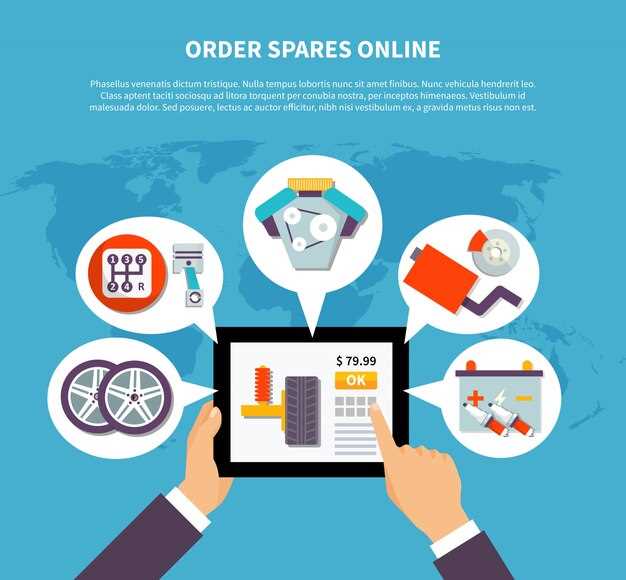
In recent years, the landscape of media rights and coverage in modern racing has undergone significant transformation. With the rise of digital platforms and the increasing demand for live content, traditional broadcasting methods have had to adapt to stay relevant. Racing organizations and teams are now navigating a complex web of media partnerships to maximize their reach and engagement with fans across multiple channels.
The advent of streaming services has created new opportunities for racing events to be broadcast globally, allowing fans to access live races from anywhere in the world. This shift has empowered fans to experience the thrill of racing in real-time, breaking down geographical barriers that once limited viewership. The focus is now on providing high-quality content that meets the expectations of a digitally-savvy audience.
As the competition for viewership intensifies, racing leagues are vying for lucrative media rights deals that not only enhance their financial stability but also elevate their brand presence. The plethora of platforms available today means that racing series must carefully strategize their media offerings to ensure they capture and retain the attention of potential viewers. The implications of these trends affect not only the sport itself but also the way in which fans engage with their favorite teams and drivers.
The Impact of Streaming Platforms on Race Viewership

Streaming platforms have fundamentally transformed the landscape of race viewership, offering fans unprecedented access to live events. Traditional broadcasting methods often limited viewership to specific regions and time slots, but streaming has eliminated these barriers, allowing audiences worldwide to engage with their favorite races in real time.
One significant advantage of streaming is the flexibility it provides. Viewers can watch races on various devices, including smartphones, tablets, and smart TVs, enabling them to consume content at their convenience. This accessibility has expanded the fan base, attracting younger audiences who prefer on-demand content over conventional television.
Moreover, streaming services frequently offer interactive features that enhance the viewing experience. Fans can access multiple camera angles, live stats, and real-time commentary, making the race more engaging. This level of interaction fosters a deeper connection between the audience and the event, ultimately driving viewership numbers higher.
The rise of dedicated sports streaming platforms has also led to increased competition among broadcasters. This competition has prompted networks to invest more in their coverage, improving production quality and diversifying content offerings, such as behind-the-scenes footage and interviews with drivers. Consequently, the overall value of race viewing has increased significantly.
Additionally, streaming platforms have revolutionized the way advertisers approach race promotions. With precise data analytics, advertisers can target specific demographics more effectively, tailoring their messages to reach potential fans. This targeted advertising not only enhances revenue streams for racing organizations but also contributes to a more personalized viewing experience for audiences.
In conclusion, the influence of streaming platforms on race viewership is profound. By providing accessibility, flexibility, enhanced interactivity, and improved marketing opportunities, streaming has reshaped how fans engage with racing events, ensuring that the sport continues to thrive in the digital age.
Understanding Licensing Agreements and Their Influence on Broadcast Options

Licensing agreements play a crucial role in shaping the landscape of media rights within the racing industry. These contracts dictate how races are broadcast and streamed, influencing both the reach of events and the revenue generated from media deals. Typically, rights holders negotiate terms that specify the duration, territory, and platforms through which content can be distributed.
In recent years, the shift toward digital consumption has transformed traditional broadcasting models. Many licensing agreements now include provisions for streaming services, which offer flexibility and accessibility to fans. This shift has expanded the availability of racing content, allowing for live streaming options that cater to diverse audiences globally.
The exclusivity of rights granted through these agreements significantly impacts broadcasting options. An exclusive license can enhance the value of a sports league or event, drawing interest from various broadcasters eager to secure premium content. In contrast, non-exclusive agreements can lead to a broader distribution but may dilute the perceived value of the event.
As technology progresses, licensing agreements are increasingly incorporating clauses for innovative broadcasting methods, such as augmented reality and virtual experiences. These advancements enhance viewer engagement and provide new avenues for monetization. For instance, combining traditional broadcasts with interactive streaming elements can greatly enhance the fan experience and attract sponsorship opportunities.
Understanding the intricacies of licensing agreements is essential for stakeholders in the racing industry. Not only do they affect how content is delivered, but they also shape the competitive dynamics among broadcasters, streaming platforms, and racing organizations. Ultimately, these agreements can determine the future of how racing events are viewed and enjoyed by fans worldwide.
How Social Media is Shaping Fan Engagement During Live Events
Social media platforms have revolutionized how fans interact with live events, creating an immersive experience that extends beyond traditional broadcast methods. Fans can now engage in real-time discussions, share their thoughts, and connect with others worldwide during live races, enhancing their overall experience.
Platforms such as Twitter, Instagram, and TikTok allow fans to comment on various aspects of the event, from driver performance to race strategies. This instantaneous feedback creates a dynamic environment where opinions can shift rapidly based on unfolding events. The ability to post videos, images, and updates allows fans to feel as though they are part of the action, even if they are miles away from the track.
Engagement through live updates is another significant aspect of social media’s influence. During live broadcasts, teams and organizers provide real-time updates on race statistics, driver standings, and unexpected occurrences such as crashes or penalties. Fans can follow these updates and react with their insights, making them feel included in the live narrative, regardless of their physical presence.
Moreover, social media has paved the way for interactive content, including polls, contests, and fan challenges that encourage participation. This not only boosts viewer engagement but also increases loyalty to teams and events as fans are more likely to participate in activities that resonate with their interests.
Furthermore, partnerships between racing organizations and social media influencers have become commonplace. These influencers create tailored content that captures the attention of younger audiences, making events more accessible and appealing. Their reach can exponentially increase viewership and engagement during live broadcasts, bridging the gap between the event and the audience.
In conclusion, social media has transformed fan engagement during live racing events. It fosters real-time communication, enhances viewer interaction, and ensures that fans feel connected to the excitement of the race. As the digital landscape continues to evolve, the relationship between social media and live sports will undoubtedly become even more interwoven, shaping the future of fan experiences.










